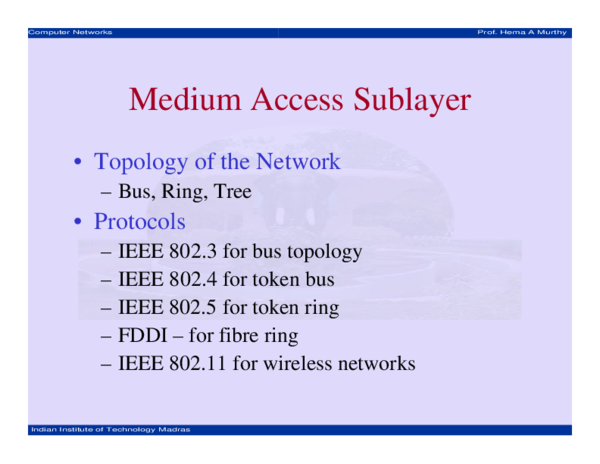


Long Term Evolution (LTE) talks about a promising new invention that gives broadband internet access to the universe. The LTE architecture combines a new basic channel called eNodeB with a single core called the Evolved Packet Core that provides access to both voice and IP data resources. The main goals of LTE are to increase data rates, provide lower latency on the Radio Access Network, improve bandwidth and optimal performance. This technology is an entire IP-based network that provides an IP-based mobile content called the Evolved Packet Core. Long Term Evolution emerged from the previous 3GPP system known as the Universal Mobile Telecommunication System. Our evaluation results show that ARS outperforms existing failure-recovery schemes in improving channel-efficiency by more than 90% and in the ability of meeting the applications' bandwidth demands by an average of 200%. ARS has been evaluated extensively through ns2-based simulation. Next, based on the thus-generated configuration changes, the system cooperatively reconfigures network settings among local mesh routers. By using channel and radio diversities in WMNs, ARS generates necessary changes in local radio and channel assignments in order to recover from failures. These failures cause severe performance degradation in WMNs or require expensive manual network management for their real-time recovery. During their lifetime, multi-hop wireless mesh networks (WMNs) experience frequent link failures caused by channel interference, dynamic obstacles, and/or applications' bandwidth demands. ARS also improves channel efficiency by more than 90% over the other recovery methods.

This paper presents an Autonomous network Reconfiguration System (ARS) that enables a multi-radio WMN to autonomously recover from local link failures to preserve network performance. These failures cause severe performance degradation in WMNs or require expensive, manual network management for their real-time recovery. In multi-hop wireless mesh networks (WMNs) experience frequent link failures caused by channel interference, dynamic obstacles and/or applications' bandwidth demands. Because of their advantages over other wireless networks, WMNs are undergoing rapid progress and inspiring numerous applications. Wireless mesh networks (WMNs) have emerged as a key technology for next-generation wireless networking.


 0 kommentar(er)
0 kommentar(er)
